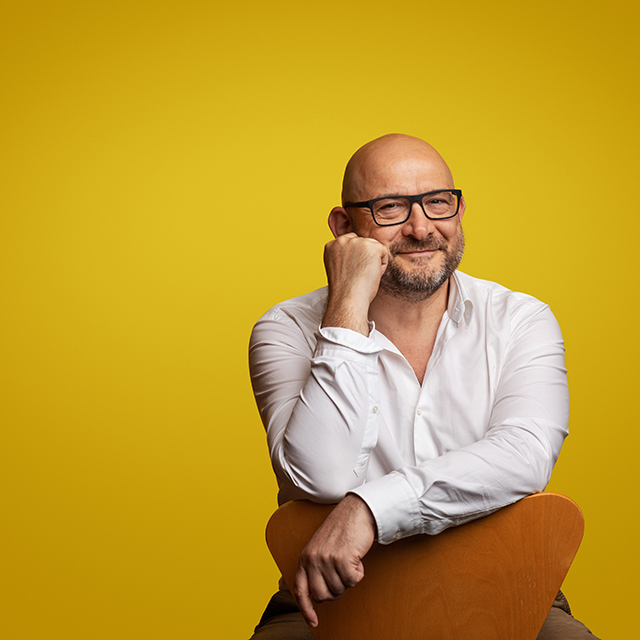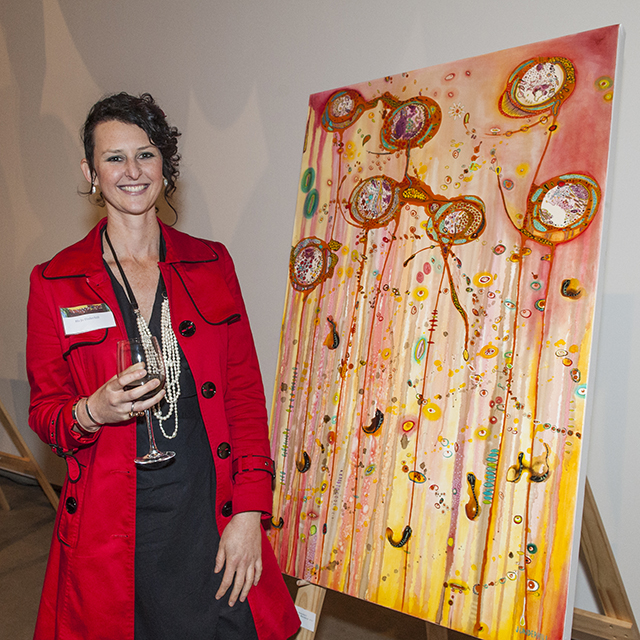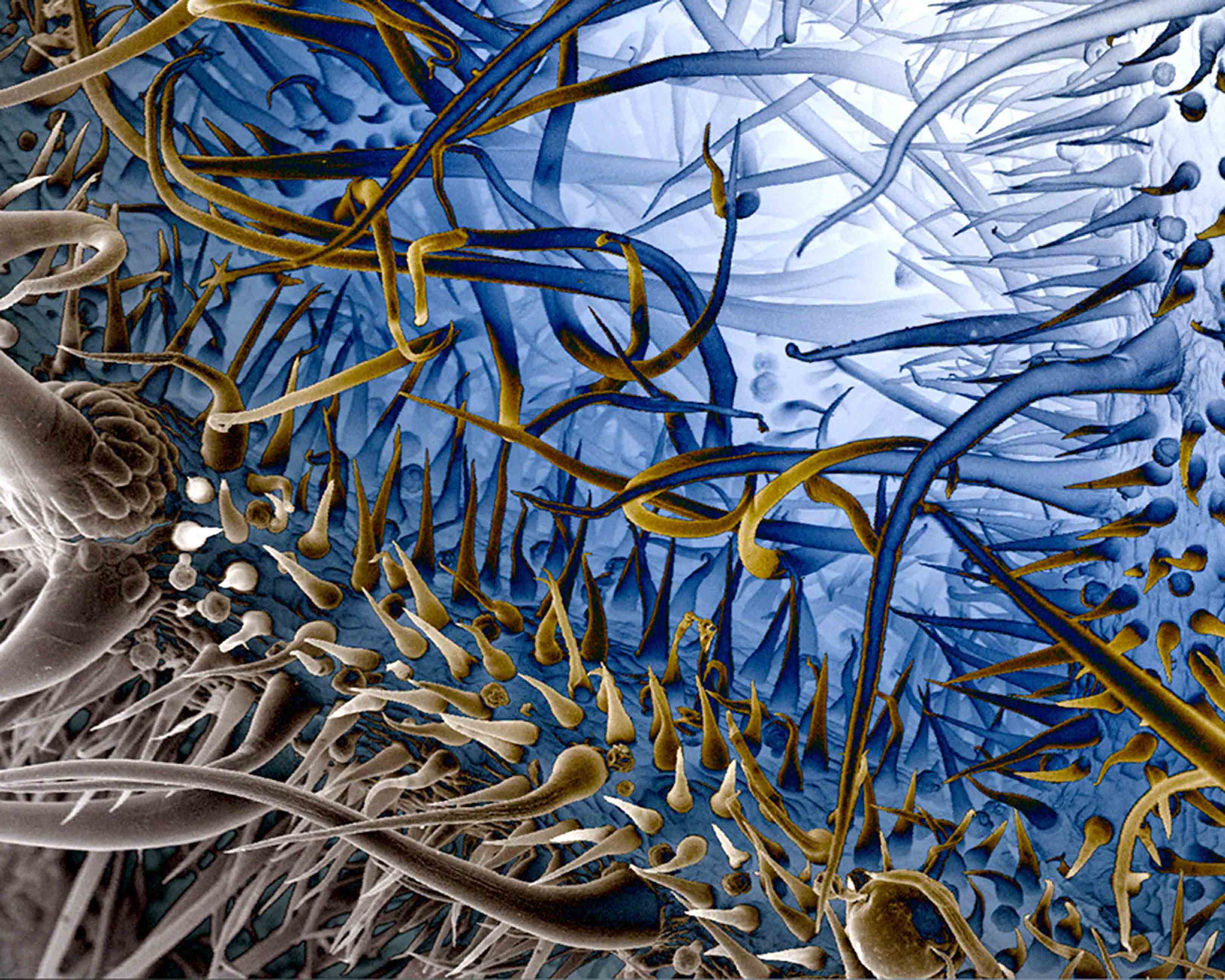Scientists are artists.
They use microscopes over modelling clay and bacterial cultures over blank canvases but share the imagination and innate curiosity that drives their artistic peers.
IMB Executive Director Professor Ian Henderson said artists and scientists are bound by a desire to answer big questions about the human condition.
“Both asking and answering these questions requires creativity and thinking outside the boundaries of the known, of going over the edge of knowledge and current thinking to learn something more and ultimately improve people’s lives,” Professor Henderson said.
Dare to imagine

"Most science isn’t about that one big “Eureka!” moment, it’s more about looking at the world and finding something intriguing or interesting to investigate.
“Scientists – like artists – look at things people have seen before but see them differently,” he explained.
“For instance, who would have thought looking at a funnel web spider in a different way would result in an environmentally friendly pesticide or a drug to treat heart attack and stroke?”
The aesthetics of science
Form and function are as intricately linked in biology and chemistry as they are in art.

Professor Henderson said that IMB’s work often produces imagery that adds an aesthetic edge to its scientific value.
“Think about all those beautiful photos of the universe from the James Webb telescope,” he said by way of example.
“That shows the intersection of art and science at a macro level, whereas we take images like that at the micro level in our labs to show the stunning form and function of cells and microbes.”
This artistic by-product is celebrated with the Jo Underhill IMB Art Award, awarded in memory of IMB’s inaugural artist-in-residence who continues to inspire the connection between art and science.
Scientists as storytellers

Complementary to these images are the words scientists weave to tell the world about their work.
"The best scientists are those who are great storytellers and are able to communicate complex ideas in a simple form.
“When they write up their science and their research, they have to tell the story of what they did and reveal what they discovered.
“When an artist stands back and looks at their creation in the same way a scientist does, for that particular moment, they are the only person in the world who knows about it and its potential.”



